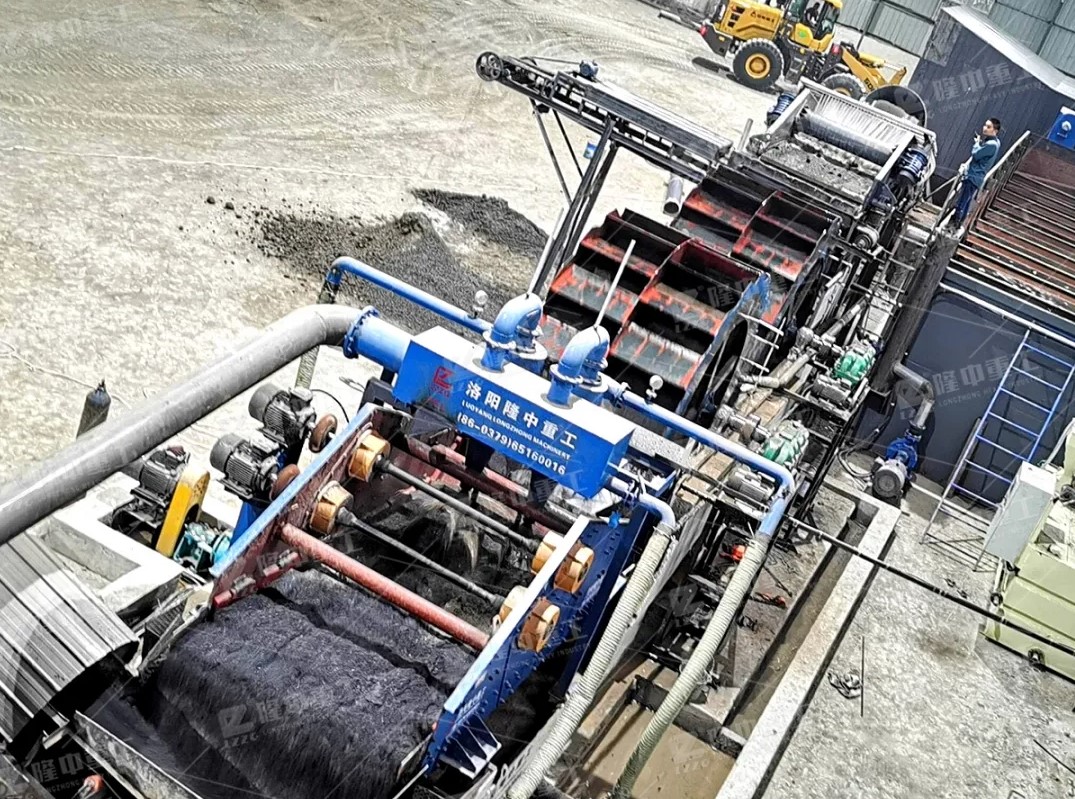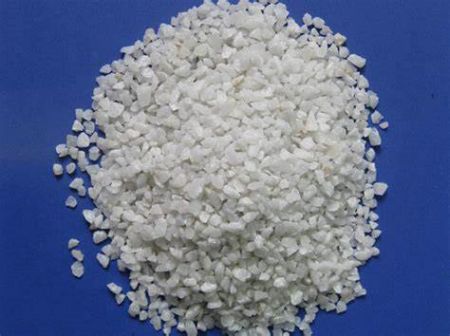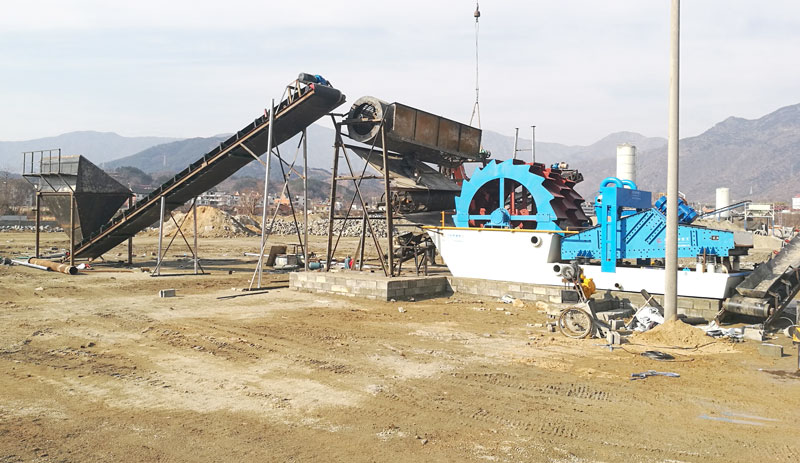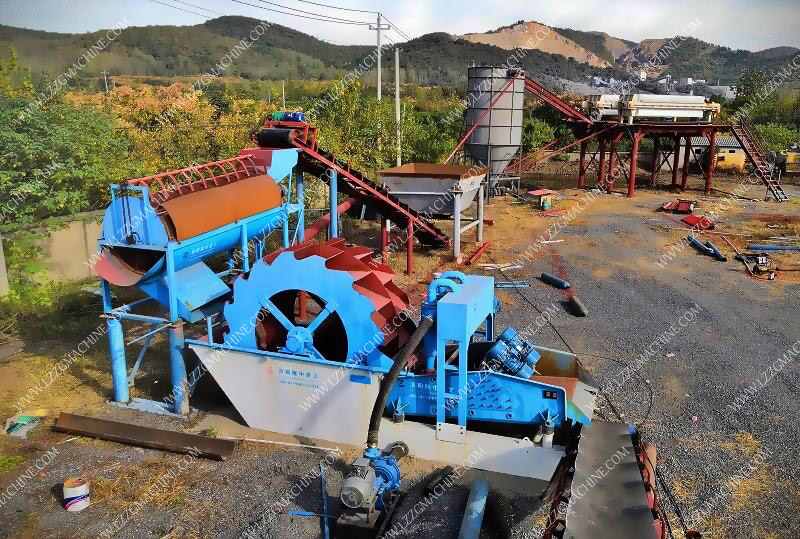Classification and particle size standards of foundry sand
 January.26,2024
January.26,2024
Foundry sand is mainly classified according to its particle size and chemical composition.
Natural silica sand: used for non-ferrous alloy castings, iron castings and small and medium-sized steel casting sand and core sand. Natural silica sand strands are used in various molding sands and core sands, with organic matter as the binder. Silica Sand: Sand core for cast steel.
Vacuum zircon sand: The main mineral component is ZrO2. Sand core or sand surface sand or powder coating for large steel castings and alloy steel parts.
Torque Magnesium: The main mineral component is MgO, used for surface sand and core sand of high manganese steel castings.
Processing corundum sand: The main mineral component is PAN-Al2O3, which is used to prepare mold materials and shell materials for ceramic castings.
Casting sand particles are expressed in terms of screen mesh size. The determination method is to dry the dry sand after drying on a standard sieve. The sieve sieves the sand, leaving behind the sieve, and the sand is often used as a standard sieve.
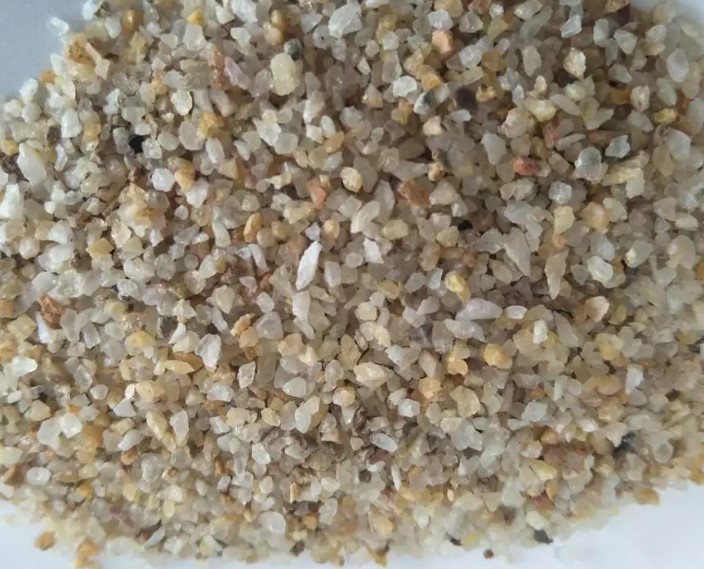
Here are some common foundry sand standards:
1. Particle size standard
According to the particle size of the sand, foundry sand can be divided into the following standards:
-Coarse sand: 0.6mm-2.36mm;
– Medium sand: 0.2mm-0.6mm;
– Fine sand: 0.075mm-0.2mm;
– Ultrafine sand: less than 0.075mm.
2. Chemical composition standards
According to the chemical composition of the sand, foundry sand can be divided into the following standards:
– Silica sand: containing SiO2 > 93%;
– Magnesia sand: containing MgO > 5%;
– Refractory sand: containing Al2O3 > 50%;
– Others: such as sand for cast steel, sand for cast iron, etc.
In addition, other standard classifications and restrictions can be made for foundry sand according to different production processes and application requirements.


